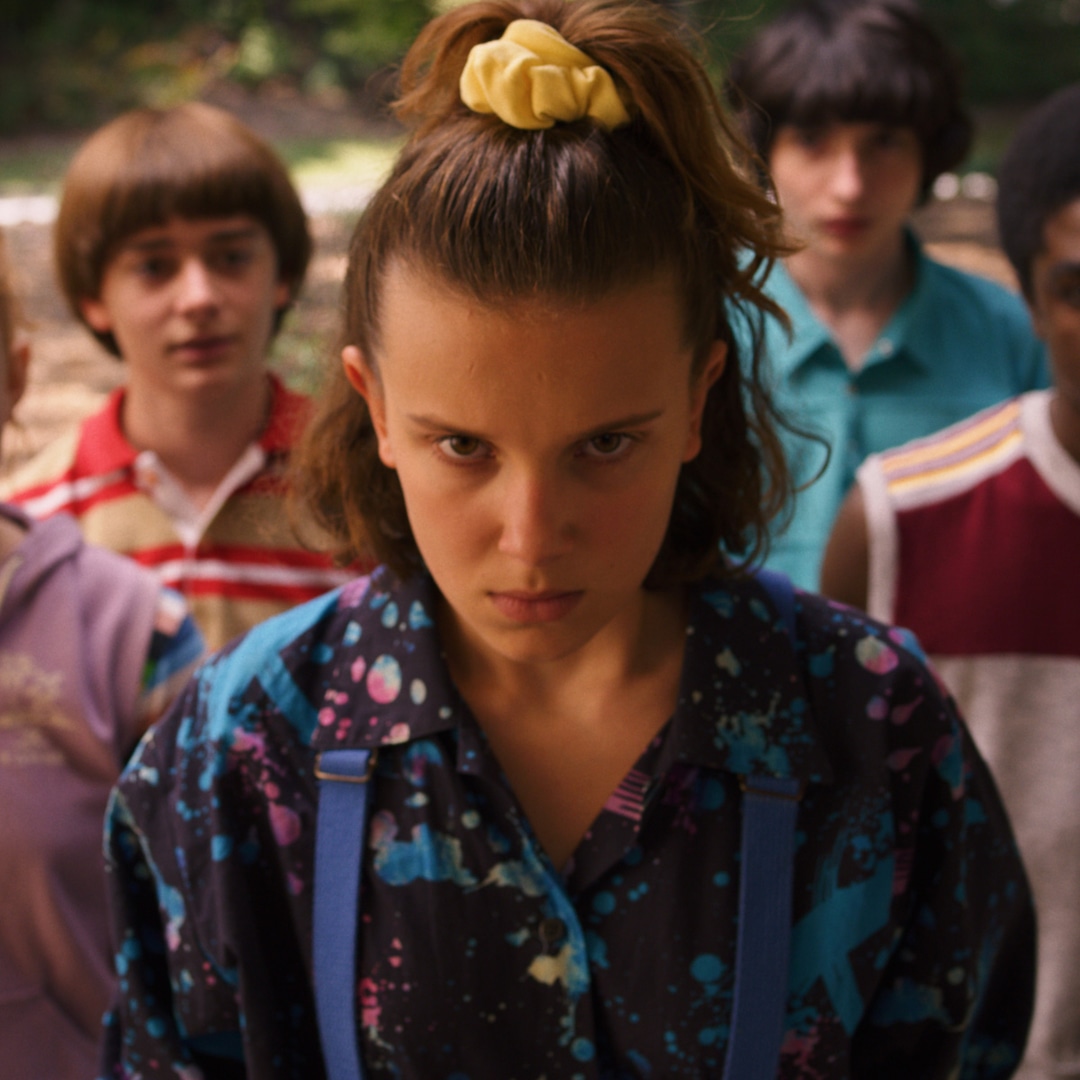
The following feature was originally published in March 2017, and was last updated in October 2022 for Danny Boyle’s birthday.
Welcome to Dissected, where we disassemble a band’s catalog, a director’s filmography, or some other critical pop-culture collection in the abstract. It’s exact science by way of a few beers. This time, we sort through the best and worst of Oscar-winning director Danny Boyle’s dizzying filmography.
If you ever need a solid example of what a truly eclectic filmography looks like, consider the case of Oscar winner Danny Boyle. Ever since Shallow Grave blindsided audiences in 1994, Boyle has dedicated himself to reinvention with every passing feature, jumping from genre to genre and reinventing each one along the way. Whether it’s horror, sci-fi, Bollywood melodrama, “drug films,” survival stories, biopics, or family films, Boyle’s hyperkinetic style and exhilarating visuals make for an oeuvre that’s always distinct, challenging, and decidedly unlike anything else you’ve seen before.
As Boyle pairs himself with the Fab Four through his new musical dramedy Yesterday, we’ve decided to walk back through his 20+ years of exciting output and return to the interesting experiments, the memorable digressions, and the handful of all-time greats that the filmmaker has left for audiences. (After much discussion, we decided to omit the opening ceremony of the 2012 London Olympics, one of Boyle’s most lavish directorial outings and certainly the only one of his works in which Daniel Craig parachutes out of a plane with a stuntman dressed as the Queen.)
We’ve dissected the music, the locations, the unforgettable shots, and anything else we could think of to honor one of modern cinema’s most unconventional voices. So kick back, relax, and choose life.
— Dominick Suzanne-Mayer
13. Trance (2013)
Runtime: 1 hr. 41 min.
Press Release: After art auctioneer Simon (James McAvoy) is hit in the head really hard in the middle of an art heist in which he hides Goya’s Witches in the Air, he loses his memories of where he hid it in the process. The thieves, led by Franck (Vincent Cassel), force him to go to Elizabeth (Rosario Dawson), a hypnotherapist, so she can unearth the location of the Goya from his memory.
Cast: James McAvoy, Vincent Cassel, and Rosario Dawson
The Sounds: In an amusingly on-the-nose move, Boyle’s Trance refers not just to the film’s themes of hypnotism, but to the progressive trance-laden score provided by Underworld’s Rick Smith (whose music was featured in Trainspotting and who scored Boyle’s 2012 Summer Olympics opening ceremony in London).
Location, Location, Location: Franck’s house is a neon-soaked, modernist art gallery of a domicile, which makes for an especially frantic scene as Simon attempts to escape it, with help from Elizabeth over the phone.
Key Image: Trance’s love of neo-noir tropes is admirable, but it was a misstep to keep the genre’s outmoded gender politics as well, especially relating to Elizabeth’s role as the seductive femme fatale. However, one of Trance’s most undeniably affecting images is Dawson displaying her fully nude body as part of her seduction of Simon, Boyle lingering over her in the same way her male compatriots do.


Trance (20th Century Fox)
Can I Be Franck: Funnily enough, Vincent Cassel was not the first choice to play Franck; originally, Michael Fassbender was going to take the part. As serviceable as Cassel is in the role, it’s hard to deny it would have been nice to see yet another movie (one about controlling people’s minds, to boot!) in which Professor X and Magneto would square off.
The Room of Stolen Paintings: The room filled with stolen paintings from Franck and his men include such works as Manet’s “Chez Tortoni”, Degas’ “The Chorus”, Caravaggio’s “The Nativity with Saint Francis and St. Lawrence”, and replicas of several other famously stolen paintings. I guess this is where they all went.
Analysis: While this one is at the bottom of our list, it’s hard to really fault Trance for being anything other than misguided. As a director, Boyle’s in top form here — he really leans into the film’s neon-tinged neo-noir feel, with his bobbing-and-weaving camera making each scene feel frenetic and alive. The three leads turn in fine work, with Dawson’s bravura performance absolutely stealing the show out from under McAvoy’s patented twitchiness and Cassel’s disaffected laconicism.
Where the film really fails Boyle is the script; written a decade earlier by British TV writer Joe Ahearne and spiced up a bit by Trainspotting’s John Hodge, Trance feels noticeably like a film whose director has been sitting on the script for years, waiting for a slow period to crank it out. Its mind-bending crime-caper logistics (involving a bevy of secret histories, hidden memories, and several layers of hypnotism) feel out of place and tone-deaf, and even Dawson’s amazing performance can’t wipe away the stink of objectification on her character.
The cartoonish, ridiculous climax, featuring flaming cars flying into the river (and into McAvoy) also comes out of nowhere, leading to a head-scratching denouement that’s too clever for its own good. As a stylish trifle, Trance is diverting enough, but as this list indicates, literally every other Boyle film is better. Feel free to skip it. — Clint Worthington

























![Chance the Rapper – Stars Out (2024) | STAR LINE [Official Music Video] Chance the Rapper – Stars Out (2024) | STAR LINE [Official Music Video]](https://i.ytimg.com/vi/ywSYgBVkocM/maxresdefault.jpg)
